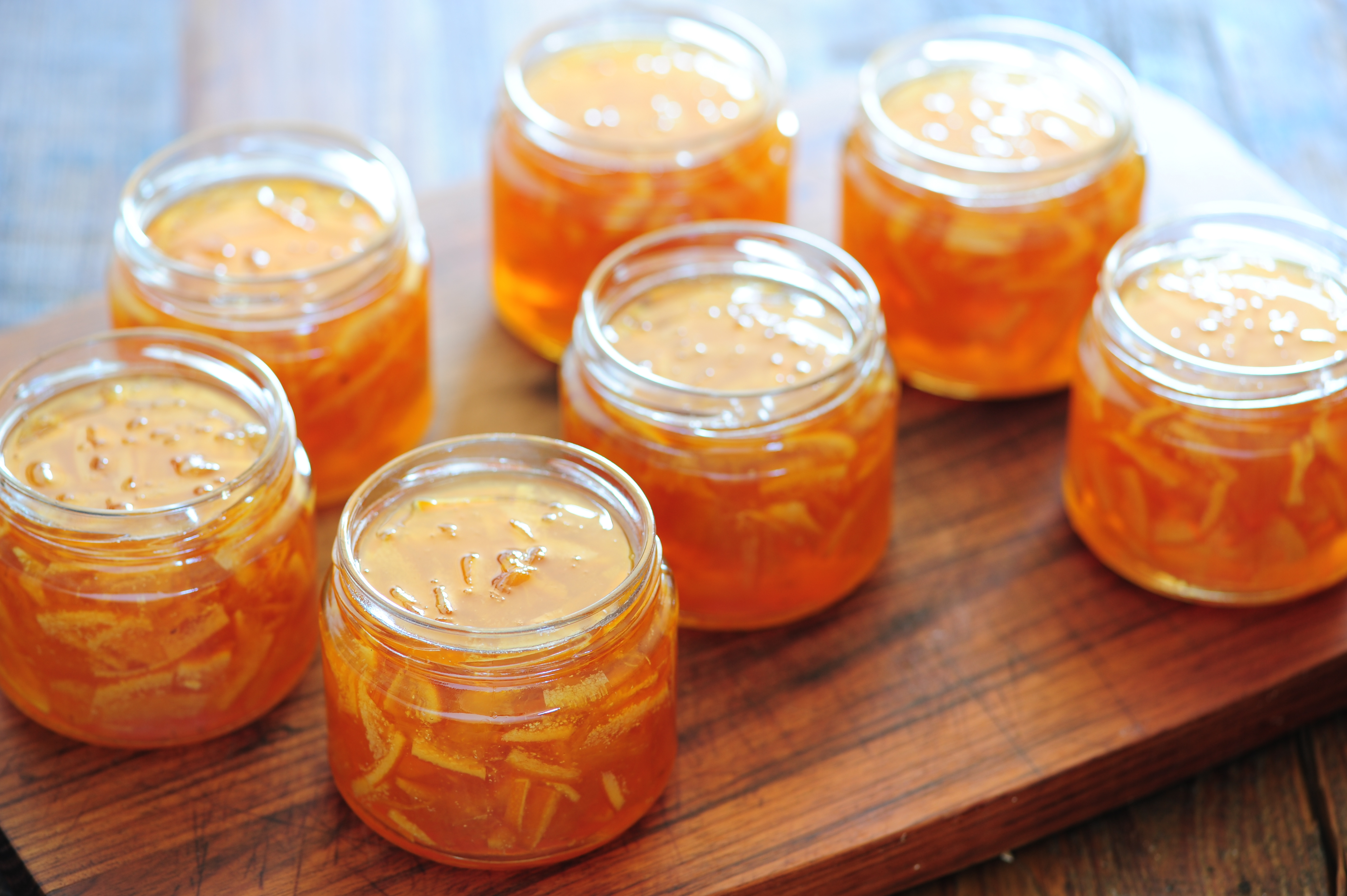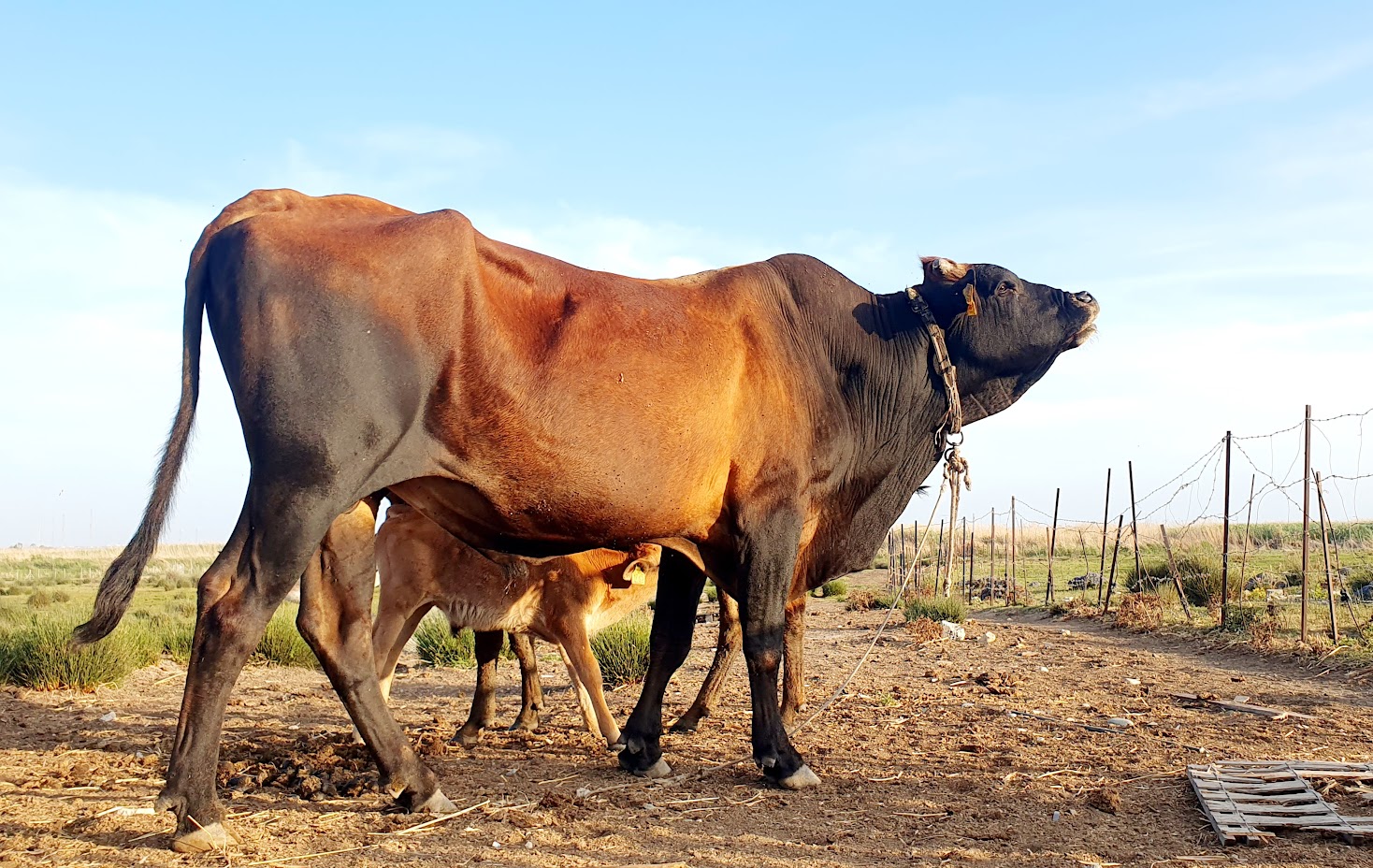It’s hard to think of marmalade without picturing Paddington Bear, that lovable Peruvian stowaway whose adventures revolve around his favourite sticky treat!
But long before marmalade found its way into Paddington’s sandwiches – and our hearts – this tangy preserve had a rich and fascinating journey, stretching back centuries and spanning continents.
The word marmalade comes from the Portuguese marmelo, meaning quince. In the 15th century, Portuguese sailors preserved quinces by boiling them with sugar, creating a dense paste known as marmelada. This early version bore little resemblance to the orange preserve we know today, but it set the stage for marmalade’s evolution.
By the 17th century, the recipe had made its way to Britain, where sugar was becoming more widely available. The bitter Seville oranges, imported from Spain, proved to be the perfect fruit for marmalade – their sharpness offset by sugar created a balance that captured the British palate.
Legend credits Janet Keiller of Dundee with creating the first commercially sold marmalade in the 18th century, supposedly after her husband purchased a shipment of bitter oranges at a bargain price. Whether true or not, Keiller’s recipe helped establish marmalade as a quintessentially British staple.
Marmalade gained cultural significance in the Victorian era, when it became a breakfast table fixture reflecting Britain’s growing love affair with citrus fruits, luxury ingredients, and leisurely breakfasts. It was also during this time that marmalade cemented its association with winter – particularly February.
Traditionally, marmalade was made in February because that’s when Seville oranges are in season. These oranges, prized for their aromatic zest and tart juice, are only available for a few weeks each year. Families would seize this short window to make batches of marmalade.
Regional and international variations have since added depth and diversity to marmalade’s story. In Scotland, marmalade often includes a touch of whisky, giving it a smoky richness. Meanwhile, in Japan, yuzu marmalade – made from the tart and fragrant citrus fruit – has become a popular alternative. Contemporary artisanal makers experiment with everything from grapefruit to blood orange, infusing the classic preserve with new flavours and textures.
Despite these innovations, traditional Seville orange marmalade remains a beloved classic, revered for its complex interplay of sweetness and bitterness. It’s not just a spread; it’s a British cultural icon, evoking a strong sense of nostalgia. Much like Paddington!







Click here to change your cookie preferences